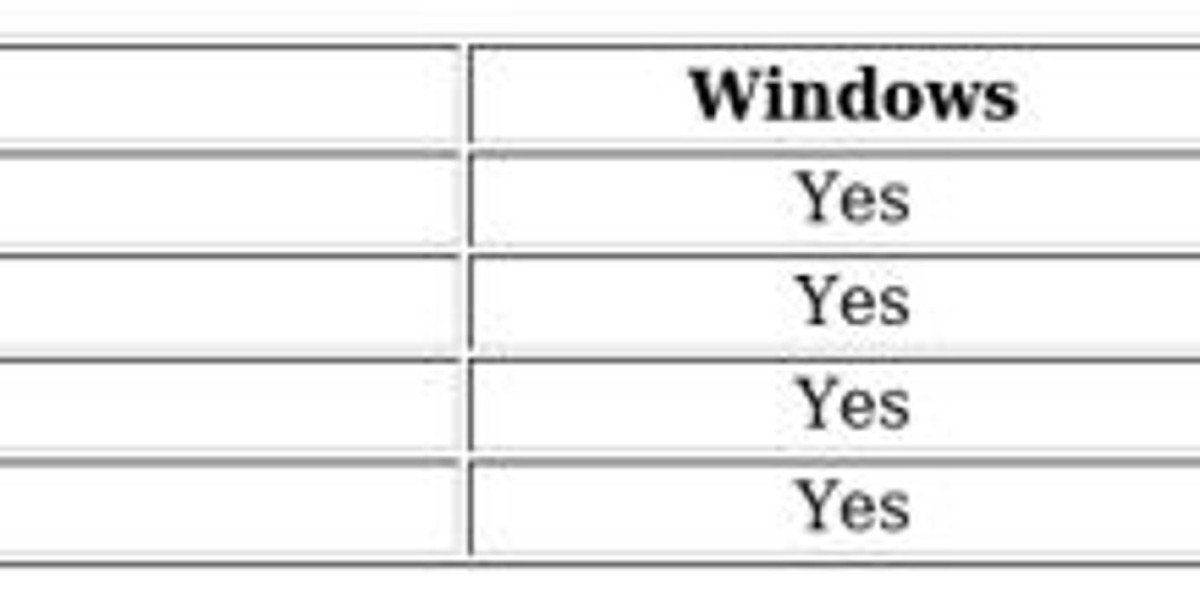Understanding the Importance of 7/12 Utara for Property Owners
The Importance of 7/12 Utara is critical for every property owner in Maharashtra, as it acts as a legal document proving ownership, land type, and usage details for any agricultural land.
What is 7/12 Utara?
The 7/12 extract, known as Saat Baara Utara, is an essential land record document issued by the revenue department of Maharashtra. It consolidates two primary components:
Form 7: It includes the name of the landowner or joint owners.
Form 12: It records the details about cultivation, type of crops, and the nature of land usage.
Together, these forms offer a comprehensive view of land ownership and its legal standing, particularly in rural areas.
Why is the 7/12 Utara Necessary?
1. Legal Proof of Ownership
The 7/12 extract officially records the owner's name, offering valid proof of ownership, especially during property transactions.
2. Clarity of Land Usage
It gives insight into how the land is being used — whether for agricultural, commercial, or residential purposes.
3. Eligibility for Agricultural Schemes
Farmers require this document to apply for government schemes, subsidies, or agricultural loans.
4. Important in Dispute Resolution
It helps resolve ownership and boundary disputes in villages or rural belts.
5. Transparency in Land Transactions
It ensures buyers can verify ownership before making any investment, promoting secure and transparent property dealings.
Key Components of 7/12 Utara
The document contains the following information:
Name(s) of the landowner(s)
Survey number and sub-division number
Type of cultivation or crops
Area and location of the land
Encumbrances, if any
Type of ownership (ancestral or self-acquired)
Mutation entries for historical ownership changes
How to Obtain a 7/12 Utara Document
With digitization, obtaining a 7/12 Utara has become simpler. Property owners can:
Visit the MahaBhulekh (Maharashtra Bhumi Abhilekh) portal
Select their district, taluka, and village
Enter the survey number or owner's name
Download or view the 7/12 extract online
It ensures convenience while maintaining transparency and data security for land records.
Digital 7/12 Utara: A Game Changer
The digital version of the 7/12 extract has revolutionized land record management in Maharashtra. Here's how:
Ease of Access: View or download from anywhere, anytime
Tamper-Proof: Data is secured on government servers
Quick Updates: Reflects real-time mutation entries
Time-Saving: Eliminates the need for physical visits to talathi or tehsil offices
Importance of Mutation Entry in 7/12 Utara
Mutation entries reflect changes in ownership due to sale, inheritance, gift, or court orders. They are recorded in Form 7 and indicate:
Who owns the land
When the transaction occurred
Whether it was a sale, inheritance, or other type of transfer
Status of legal possession
Without mutation, the 7/12 Utara would reflect outdated ownership, causing legal complications.
Role of Talathi and Tehsildar in Managing 7/12 Utara
The Talathi is the village-level revenue officer responsible for updating and maintaining 7/12 Utara. Any changes in land records must be reported to the Talathi.
The Tehsildar oversees the taluka-level land records. In the case of any legal dispute, complaints, or mutation approval, the Tehsildar plays a decisive role.
When is the 7/12 Utara Required?
Here are some scenarios where the 7/12 Utara becomes essential:
Buying or selling agricultural land
Applying for agricultural loans or subsidies
Proving ownership in legal disputes
Claiming inheritance or transferring property
During land acquisition by government or private bodies
Converting agricultural land for residential or commercial use
Limitations of 7/12 Utara
While the 7/12 Utara is crucial, it's not an absolute proof of ownership in courts. It must be supplemented by:
Sale deed or title deed
Encumbrance certificate
Registered mutation entry
Property tax receipts
Thus, it's an important, but not singular, document in land transactions.
Difference Between 7/12 Utara and Property Card
| Criteria | 7/12 Utara | Property Card |
|---|---|---|
| Usage | Primarily for rural agricultural land | Used in urban and developed areas |
| Contains | Owner name, crop details, survey info | Ownership and construction info |
| Authority | Revenue Department | City Survey Office / Municipal Corp. |
| Legal Scope | Agricultural land | Urban / residential land |
Both documents serve different geographies but are equally important for property documentation and verification.
7/12 Utara in Inheritance and Land Disputes
When land is inherited, the heirs must ensure their names are added via proper mutation. Without a valid 7/12 extract reflecting their names:
Legal ownership remains unclear
Future sale or development becomes difficult
Financial benefits or compensation could be delayed
For ancestral property, this document is vital during partition and family settlements.
Misuse or Forgery of 7/12 Utara
Though digitization has reduced forgery cases, some common issues include:
Tampering of physical documents
Unrecorded transactions
Delays in mutation entries
Disputes between co-owners
Always verify the document from the official government portal and initiate updates through proper channels.
Legal Validation of 7/12 Utara
While not a title deed, it holds evidentiary value in courts and land offices. Combined with:
Registered sale deed
Mutation certificate
Title clearance report
It strengthens your legal claim on land ownership and usage rights.
How Frequently Should 7/12 Utara Be Updated?
Property owners should update their 7/12 extract whenever:
There's a change in ownership
Crop type or usage changes
Land gets acquired, gifted, or inherited
Encumbrances are removed or added
Failing to update it timely may lead to legal ambiguities.
FAQs on 7/12 Utara
What is 7/12 Utara?
It is an extract of land records combining Form 7 and Form 12 issued in Maharashtra.Is it proof of ownership?
It’s a supporting document, not a conclusive proof like a registered sale deed.Can 7/12 be accessed online?
Yes, through the MahaBhulekh portal.Is mutation entry important?
Yes, it reflects the latest ownership status.Who issues 7/12 Utara?
The Revenue Department of Maharashtra.Can it be used for loans?
Yes, especially agricultural loans.Does it mention land disputes?
It may reflect encumbrances or legal notices.Is it needed in property registration?
It supports documentation but is not mandatory in urban areas.Who manages 7/12 updates?
The village Talathi and Tehsildar at the taluka level.Can 7/12 be used in court?
Yes, as evidence along with other legal documents.
Conclusion: Why Property Owners Must Value the 7/12 Utara
For landowners, especially in rural areas, the 7/12 Utara is more than just a document — it's a symbol of legal clarity, agricultural identity, and ownership rights. With land disputes on the rise and property values constantly appreciating, having an up-to-date, accurate 7/12 extract can safeguard your interests in the long run.
Digital access, regular updates, and transparent mutation records ensure that property ownership is well-documented and legally valid. It forms a foundational piece in verifying land titles, applying for loans, and conducting safe and legal transactions.
Therefore, whether you are a farmer, investor, or heir to agricultural land, ensure you understand the Importance of 7/12 Utara and keep it accurate, updated, and legally valid at all times.








